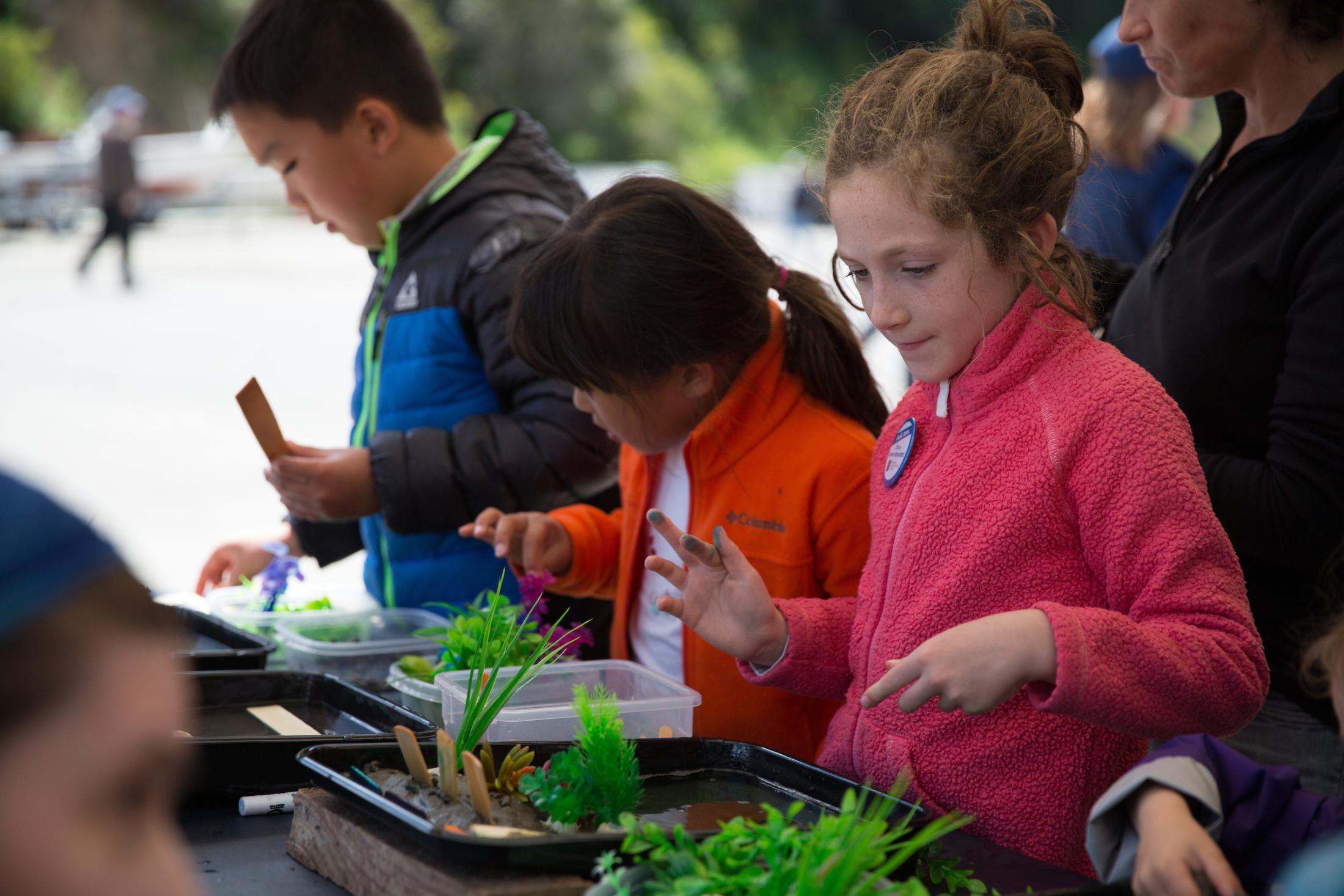Olympia oysters can serve as locally relevant anchors for studying biology, ecology, climate change, math, social studies, and engineering. The scientists within our network also know that to protect and restore native oysters, we need the support and help of local communities. Many of our scientists work alongside educators to help them bring cutting edge research to schools.
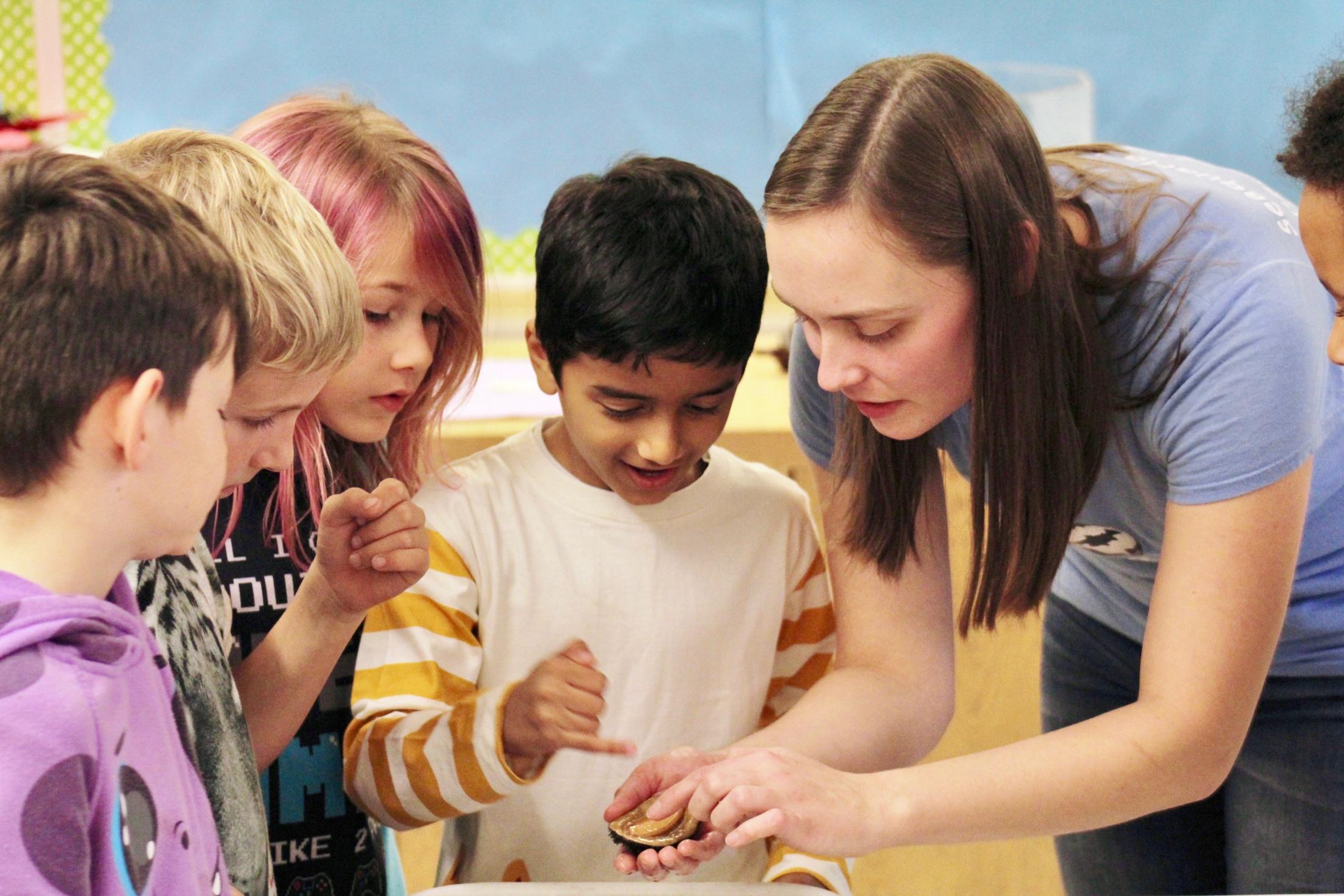
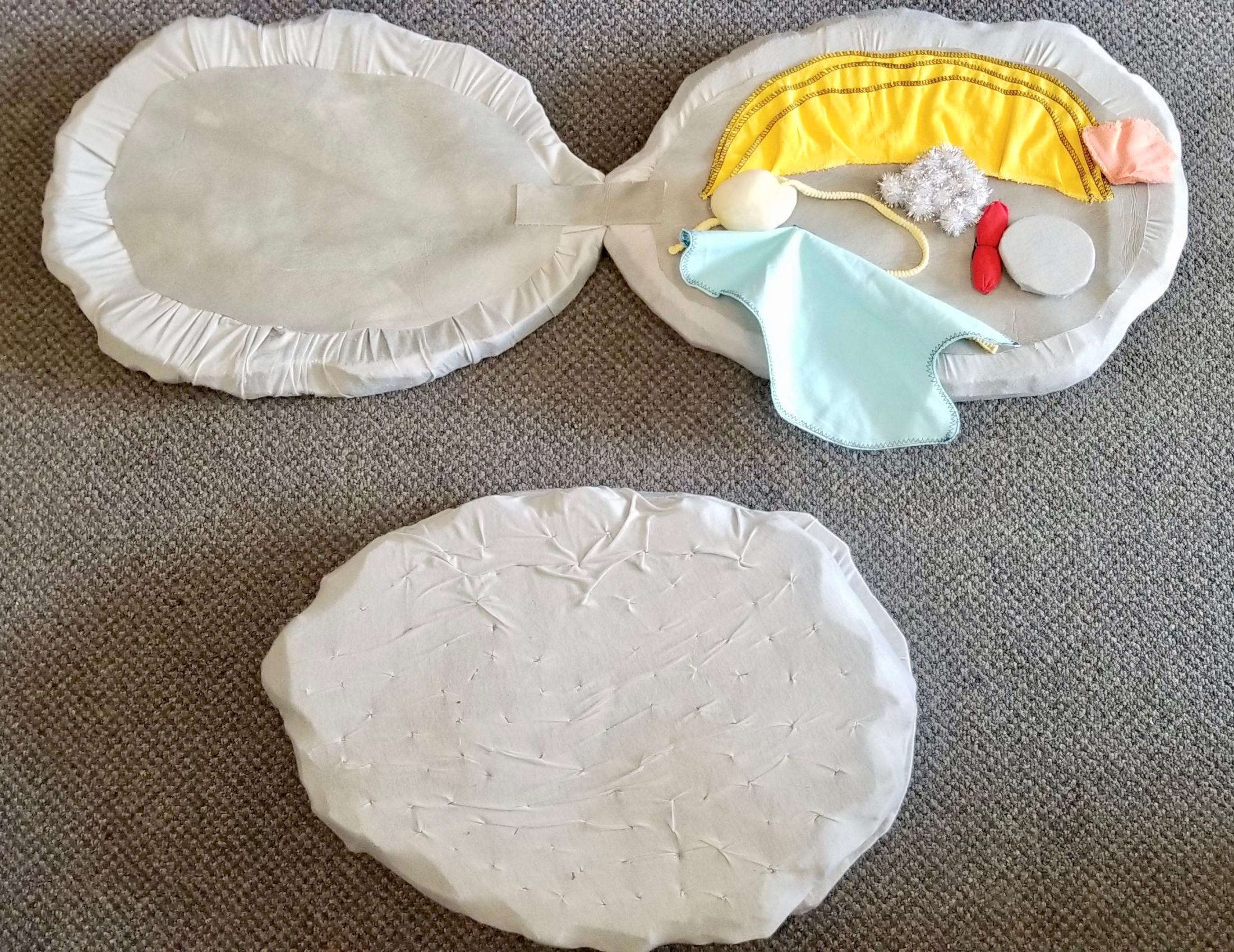
We have collected lesson plans and ideas and resources, like videos and slide shows, to help K-16 teachers use Olympia oysters as an integrating theme in the classroom. The lessons and resources fall into broad categories of filtering experiments, living shoreline design and monitoring, invertebrate
biology, and ecology and population dynamics, all of which can span disciplines and can be supplemented or streamlined to meet diverse student needs and learning outcomes. Below, Sarah Ferner, the Education Coordinator for the San Francisco Bay NERR shares some examples of how she has used oysters to teach science concepts in different settings:
Developing Explanations from Evidence: At a big open house event a few years ago, we set up pairs of tanks filled with salt water and lots of phytoplankton; the tanks were exactly the same except one had oysters and the other did not. Over the course of the day, the participants recorded the color of the water as a proxy of how much phytoplankton was in the water. By the end of the day, the water in the tank with the oysters was clear because the oysters had eaten all the algae.
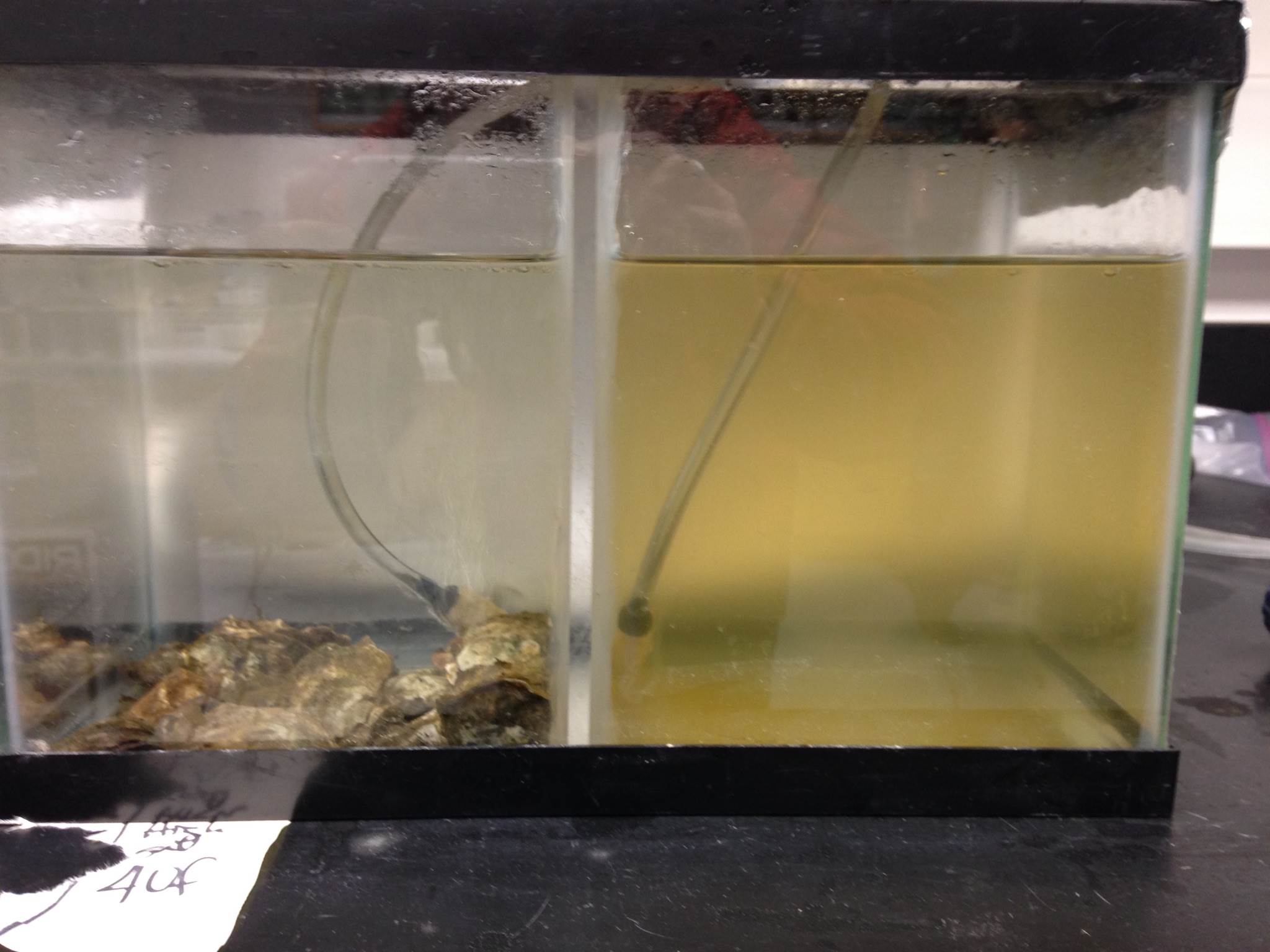
In this case, the learning goal was to help people develop explanations based on evidence, but this simple demonstration can be a springboard for learning about ecology, experimental design, graphing, and so much more. For example, for more advanced learning, we have also set up a pair of tanks with the same amount of algae, but very low salinity water. Does low salinity water change the feeding behavior of the oysters? Check out the lesson plan to learn more.
Population Dynamics in a Local Setting: Throughout middle and high school, the life science performance expectations in the Next Generation Science Standards ask students to think deeply about how organisms and the environment interact. Working with scientists from the oyster network, I created a lesson plan that supports students as they investigate these interactions using authentic oyster population and water quality data from the San Francisco Bay. Although the lesson was created to address 7th grade performance expectations, I recently learned that high school science teachers were using it as an end-of-unit assessment to see if their students could apply what they learned about ecology to a new problem. Many of the lessons and resources on this website can be adapted to bring classroom learning into a local context.
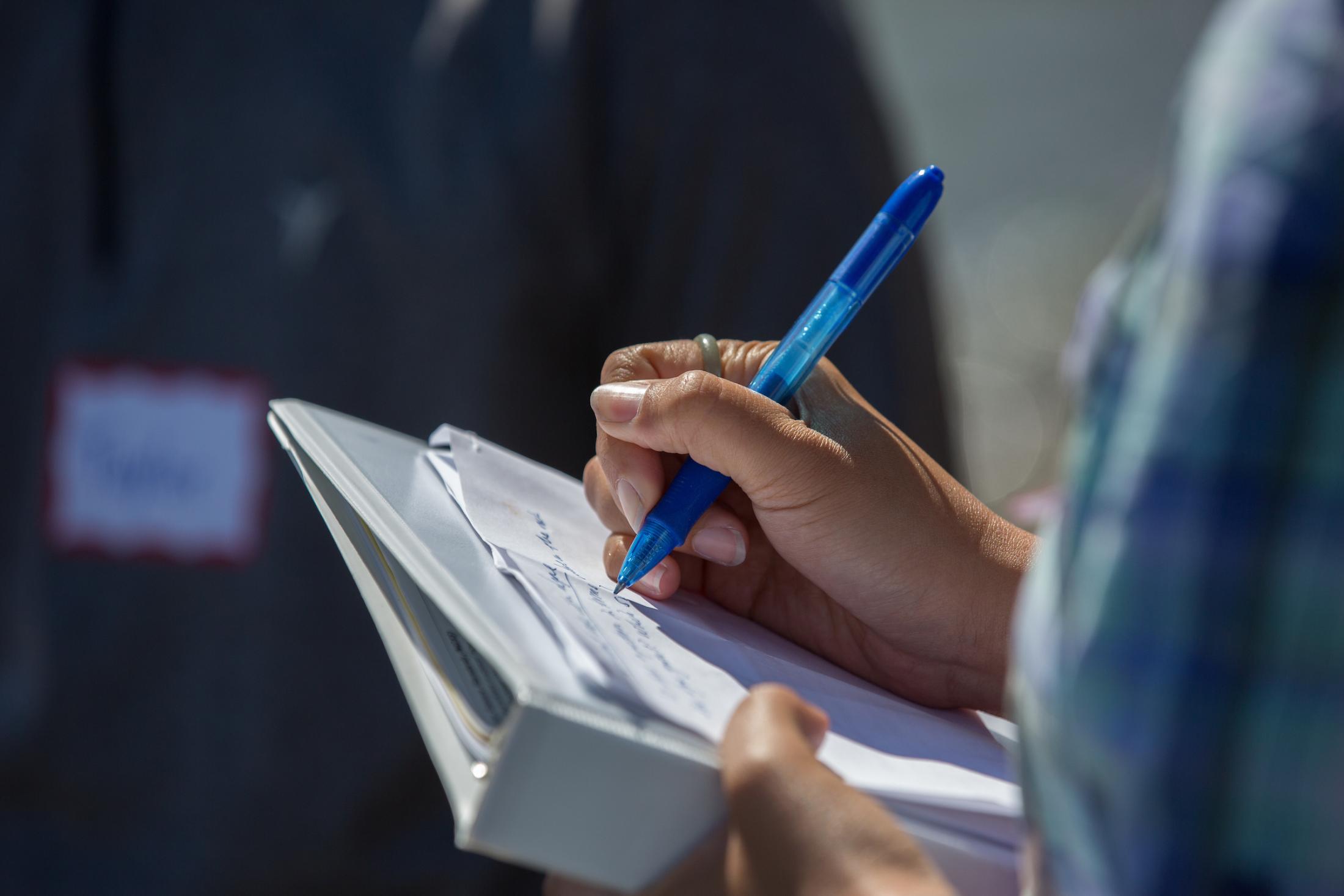
On the East Coast of the US there is an active education movement around raising oysters in classrooms and nearby estuaries. As our understanding of Olympia oysters grows, some of our members hope to see oysters growing in classrooms here, too.
To add your resources to the materials available, please contact Sarah D. Ferner at daviess@sfsu.edu.
